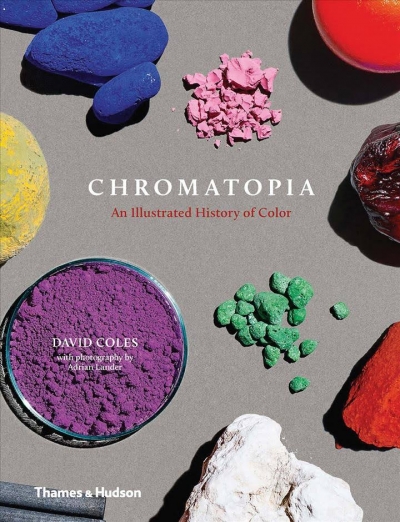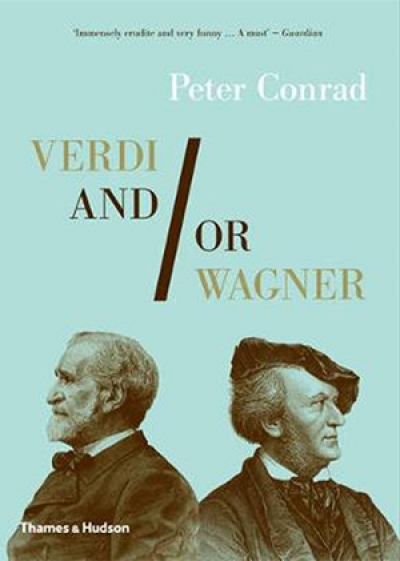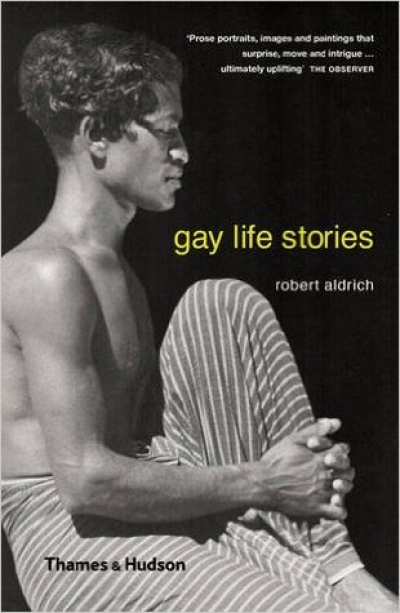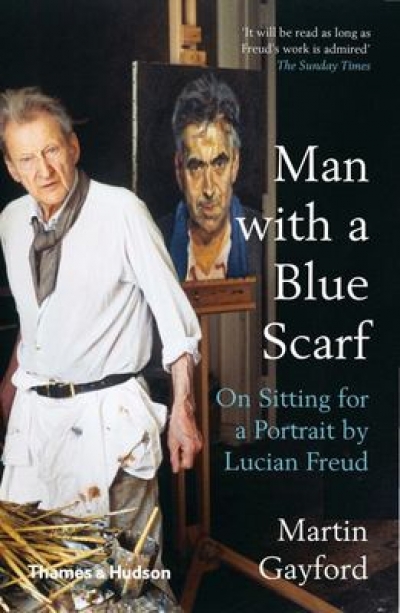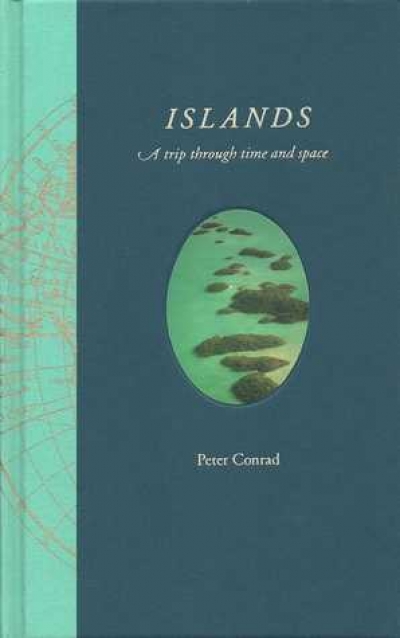Thames & Hudson
Chromatopia: An illustrated history of colour by David Coles
by Simon Caterson •
Australian Art Exhibitions: Opening our eyes by Joanna Mendelssohn et al.
by Ron Radford •
The Bloomsbury cookbook: Recipes for life, love and art by Jans Ondaatje Rolls
by Gay Bilson •
Beautiful Ugly: The Architectural Photography of John Gollings by Joe Rollo
by Isobel Crombie •
Verdi and/or Wagner by Peter Conrad & Great Wagner Conductors by Jonathan Brown
by Robert Gibson •
Man with a Blue Scarf: On sitting for a portrait by Martin Gayford
by Angus Trumble •
Romantic Moderns: English Writers, Artists and the Imagination from Virginia Woolf to John Piper by Alexandra Harris
by Frances Spalding •

